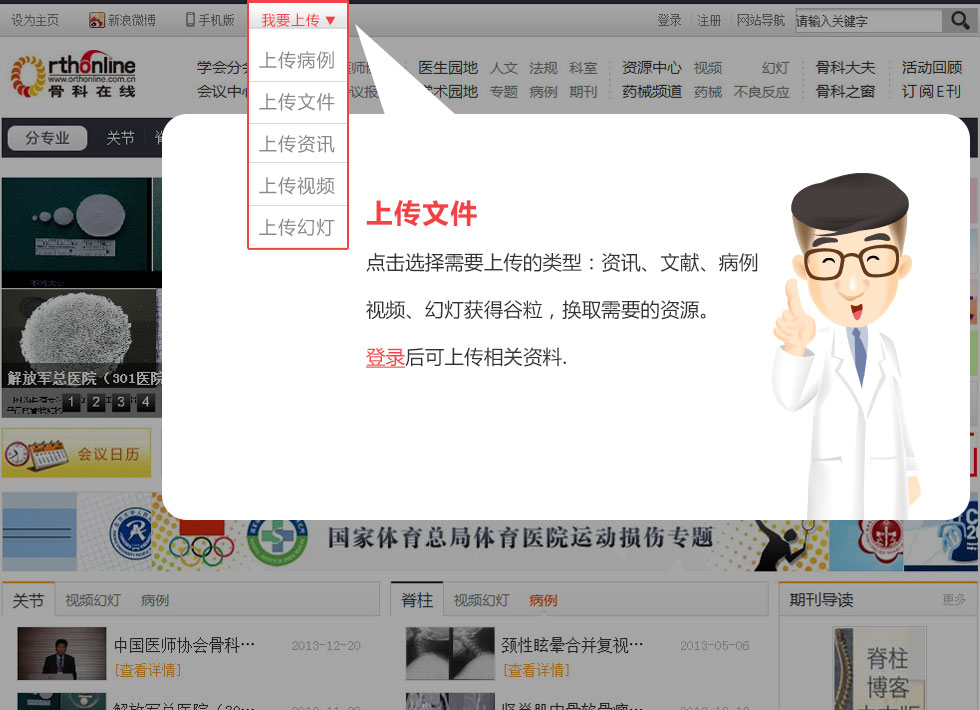An Anatomic Study of the Epiphyseal Tubercle and Its Importance in the Pathogenesis of Slipped Capital Femoral Epiphysis
第一作者:Raymond W. Liu
2013-04-09 我要说
Raymond W. Liu, Douglas G. Armstrong, Ari D. Levine, Allison Gilmore
George H. Thompson, Daniel R. Cooperman
It has been proposed that the epiphyseal tubercle on the inferior surface of the capital femoral epiphysis may be responsible for the clinical distinction between a stable and an unstable slipped capital femoral epiphysis (SCFE). The anatomy of the tubercle and its relationship to the lateral epiphyseal vessels have not previously been rigorously defined.
Methods:
Twenty-two cadaveric capital femoral epiphyses from donors who had been three to seventeen years of age were analyzed and then digitized with use of a high-resolution laser scanner. The height, location, and approximate surface area of the epiphyseal tubercle were measured and were normalized to the size of the entire capital femoral epiphysis.
Results:
In all specimens except that from the youngest donor, the foramina for the lateral epiphyseal vessels were visible and were located directly superior to the epiphyseal tubercle. The height of the epiphyseal tubercle was 4.4 ± 1.1 mm. When normalized to the overall size of the capital femoral epiphysis, the relative height (r = 0.71) and relative area (r = 0.56) of the epiphyseal tubercle decreased with increasing age. The epiphyseal tubercle was consistently located in the posterosuperior quadrant, with its position being more posterior and less superior in specimens from younger donors.
Conclusions:
The epiphyseal tubercle appears to be a major stabilizer, or keystone, of the capital femoral epiphysis and the lateral epiphyseal vessels. Its relative decrease in height and surface area with increasing age may help explain the susceptibility of individuals to SCFE in adolescence: in a stable SCFE, the physis rotates on the tubercle; however, in an unstable SCFE, the tubercle dislodges, leading to more substantial displacement of the capital femoral epiphysis and the lateral epiphyseal vessels, risking osteonecrosis.
Clinical Relevance:
These anatomic data offer a possible insight into the pathogenesis of SCFE and the potential complication of osteonecrosis. When fixation of an SCFE is performed with a single screw, the posterosuperior quadrant should be avoided to maximize any possible derotational effect of the epiphyseal tubercle.





 京公网安备11010502051256号
京公网安备11010502051256号